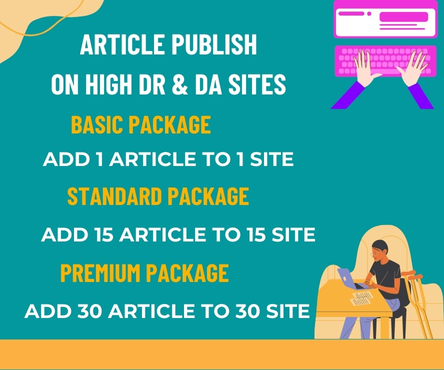In today’s fast-paced business landscape, innovation is the lifeblood of success. Companies that fail to innovate risk being left behind, while those that embrace new ideas and technologies can reap significant rewards. However, innovation doesn’t always translate to success. Many promising ideas falter due to lack of validation, resources, or market demand. This is where the Proof of concept (POC) comes in – a powerful tool for validating innovation and mitigating risk.
What is a Proof of Concept?
A Proof of Concept is a small-scale experiment or prototype designed to test the feasibility and potential impact of a new idea, product, or service. It’s a preliminary study that helps organizations determine whether a concept is viable, worthy of investment, and aligns with their strategic objectives. A POC is not a full-fledged product or service but rather a tangible representation of an idea, allowing stakeholders to visualize, test, and refine it.
Benefits of Proof of Concept
The benefits of a POC are multifaceted:
- Risk Reduction: A POC helps identify potential pitfalls, technical challenges, and market limitations, enabling organizations to mitigate risks and adjust their approach accordingly.
- Cost Savings: By testing assumptions and validating ideas early on, companies can avoid investing significant resources in unproven concepts.
- Improved Decision-Making: A POC provides valuable insights, data, and feedback, empowering stakeholders to make informed decisions about whether to proceed with a project.
- Enhanced Collaboration: The POC process fosters collaboration among cross-functional teams, ensuring that all stakeholders are aligned and working towards a common goal.
- Increased Agility: POCs enable organizations to iterate and refine their ideas quickly, responding to changing market conditions and customer needs.
Key Elements of a Successful Proof of Concept
To ensure a POC’s success, consider the following essential elements:
- Clear Objectives: Define specific, measurable goals for the POC, aligning them with strategic business objectives.
- Stakeholder Buy-In: Engage key stakeholders early on, ensuring their support and participation throughout the POC process.
- Cross-Functional Teams: Assemble a diverse team with the necessary skills and expertise to develop and test the POC.
- Realistic Timelines: Establish achievable timelines, allowing sufficient time for testing, iteration, and refinement.
- Feedback Mechanisms: Incorporate feedback loops to capture insights from stakeholders, customers, and end-users.
Common Challenges and Pitfalls
While POCs are valuable tools, they can be misused or mismanaged. Common challenges include:
- Lack of Clear Objectives: Unclear goals can lead to a meandering POC process, wasting resources and time.
- Insufficient Stakeholder Engagement: Failing to engage key stakeholders can result in a lack of buy-in, support, or valuable insights.
- Scope Creep: Allowing the POC to expand beyond its original scope can lead to unnecessary complexity and cost.
- Inadequate Testing: Insufficient testing can lead to flawed assumptions and inaccurate conclusions.
Best Practices for Implementing a Proof of Concept
To maximize the effectiveness of a POC, follow these best practices:
- Keep it Simple: Focus on the essential elements of the concept, avoiding unnecessary complexity.
- Iterate and Refine: Use feedback and insights to refine the POC, making adjustments as needed.
- Communicate Effectively: Ensure clear communication among stakeholders, teams, and sponsors.
- Set Realistic Expectations: Manage expectations, avoiding overpromising and underdelivering.
- Document and Review: Document the POC process, outcomes, and lessons learned, using these insights to inform future innovation initiatives.
Conclusion
In conclusion, a Proof of Concept is a powerful tool for validating innovation, mitigating risk, and ensuring strategic alignment. By understanding the benefits, key elements, and best practices of a POC, organizations can harness its potential to drive growth, improve decision-making, and stay ahead of the competition. Whether you’re an entrepreneur, innovator, or business leader, embracing the POC process can help you turn promising ideas into tangible successes.

